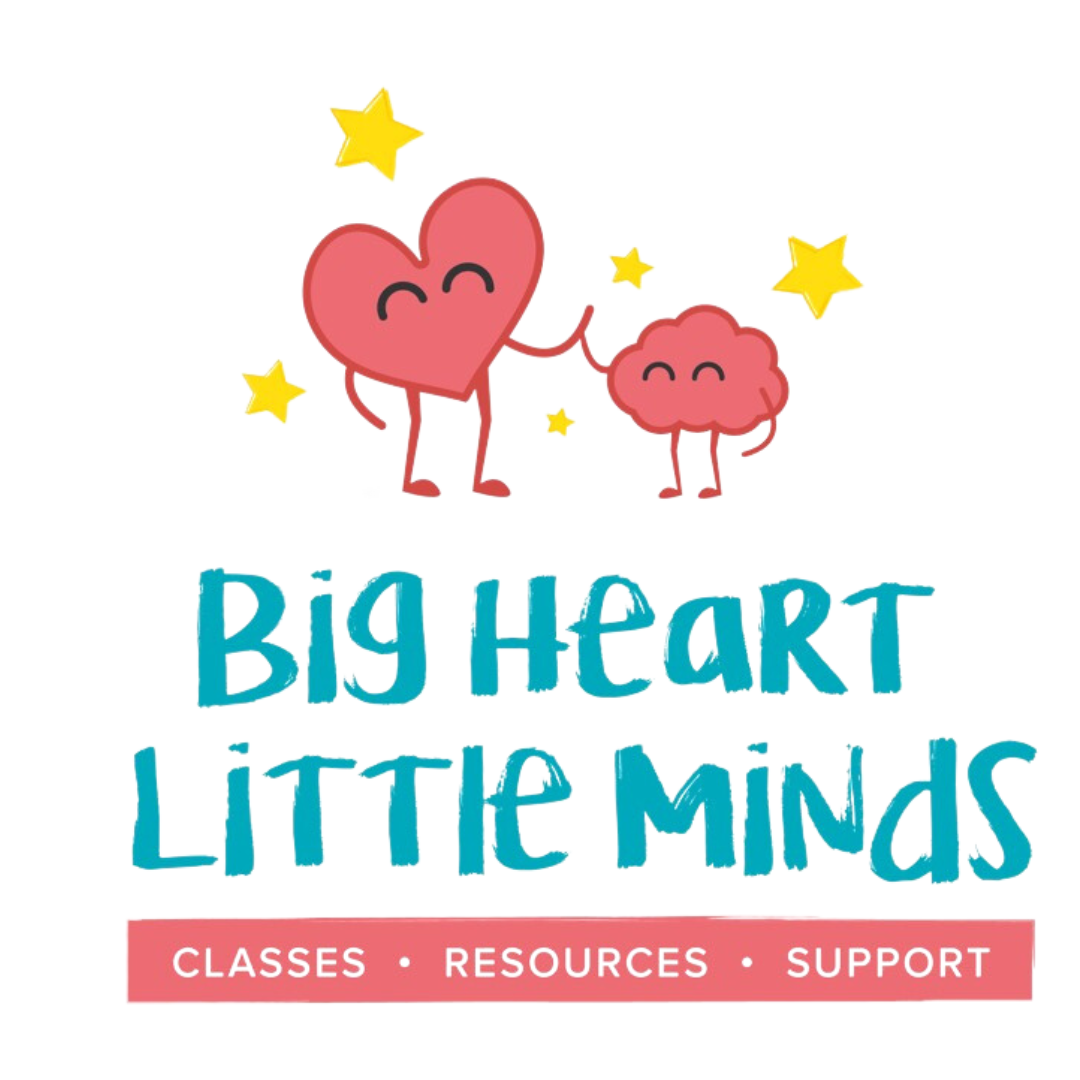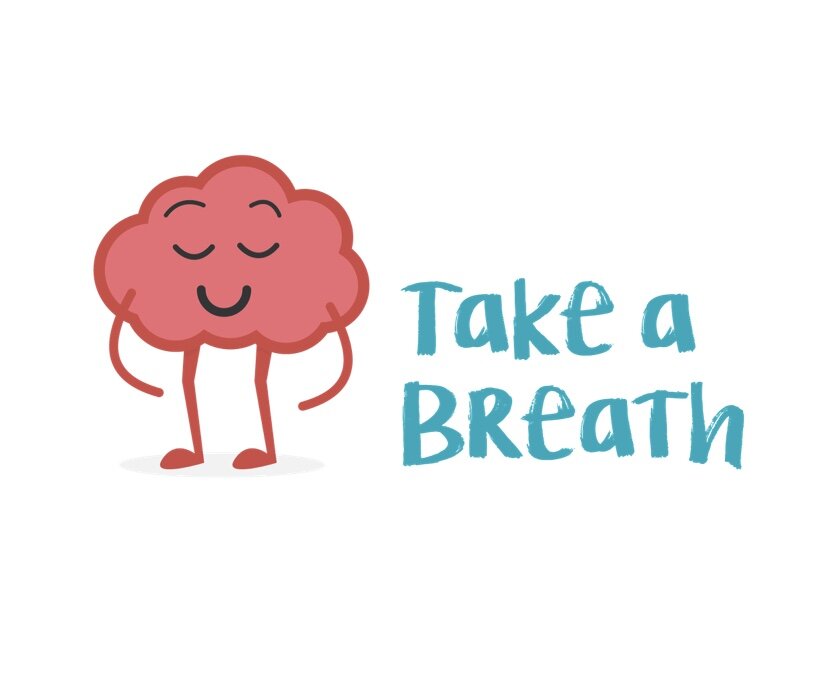emotions, WHY ARE THEY IMPORTANT TO US?
Emotional check-in.
Little Minds Age 2.5 - 4 years
As a newborn baby, you have to rely on others for survival. It is not long before you learn to communicate, and move your body in a variety of ways. What often goes unnoticed is that we also have to learn what emotions look like, feel like, and how to cope with them. Society tells us that the two’s are “terrible” and three’s worse, when in fact there is so much happening to your two and three-year-old’s developing brain, all of which is out their control.
At BHLM, we want to help your preschoolers, children & young people name emotions, learn how they show up in their body, and what to do to support them. We are passionate about giving them, and you as their caregiver, an understanding of themselves and tools to support their well-being, to positively impact the future of their mental health.
To understand emotional development, we need to take into consideration how your brain processes emotions and how your sensory systems impact your behaviour. When we understand what goes on beneath the behaviour, we understand ourselves and our children, more.
BRAIN DEVELOPMENT
Every experience and interaction is incredibly important in the Early Years (0-7 years) as this is stored as a template in the brain for future experiences, connections and relationships.
Our brains are 90% developed by the time we are 5 - this is why it is incredibly important to learn the art of communication and emotion awareness in this significant period (First Things First, 2020).
Think of your brain as having 2 key area’s - the ‘emotional brain’ and the ‘thinking brain.’ When we - as adults, children or young people - experience something through our senses, it goes through our visionary or auditory system and straight to our ‘emotional brain.’ It then travels to the area of the brain responsible for thinking, making decisions and having control over our bodily functions and emotions - the ‘thinking brain’. This means the ‘emotional brain’ is more dominant and the reason behind why we respond and react with acting BEFORE thinking.
This understanding is what we teach your children & young people in our classes and workshops. Think back to a time you have responded with a big emotion in a situation, then later thought “I wish i hadn’t said/did that,” or “I may have overreacted,” that’s because you have reacted and responded with your ‘emotional brain’ before your ‘thinking brain,’ (Goleman, 1995). The ‘emotional brain’ starts to develop around the age of 3 and the ‘thinking brain’ is still developing way into your 20’s!
ATTACHMENT STRATEGIES
The attachment strategy that is formed between the primary caregiver and a baby from birth and throughout childhood, is the most significant interaction and relationship the baby will have. It gives your baby/child an understanding of themselves, how their feelings are responded to and if their feelings are ‘safe’ or not - this lays foundations for them, for life and is all based on how you the primary caregiver, responds and reacts to your baby/child’s needs and/or emotions. If you respond positively, consistently and are sensitively attuned, your child will develop a secure attachment to you, the caregiver. Your child learns their feelings are safe because they are being responded to. They learn that adults can be trusted and that their world is predictable. Lastly, your child will be soothed by you, the caregiver in times of distress and your child will seek attachment during these emotional encounters. However, if you were/are unloving and rejecting or inconsistent, or avoidant and fearful, then your child could develop an avoidant strategy, an ambivalent strategy or a disorganised strategy.
For more information on the 4 attachment strategies, please click here to go to a post we have written on our social media about this, in more detail.
the 4-part approach
As an organisation, providing this knowledge and understanding is giving you crucial life skills that inform everyone on how to take a moment before reacting and responding - using the ‘thinking brain’ instead of the ‘emotional brain’ - but also the importance of growing up with the emotional vocabulary to discuss our feelings and to know that “it’s ok not to be ok.” This incorporated with a growth mindset are all part of improving the mental health of your children, young people and you as the adults, too.
We believe that this can be taught in 4 parts:
This combination teaches everyone what techniques to use, AND WHY. It provides an understanding of how your brain receives information from the external world, your mindset, stress response and emotions, and how this can influence your behaviour.
Little Minds are learning about expressions. Here they are showing us “angry,” which we also get them to sign using British Sign Language (BSL).
Getting to know families in the community provides opportunity to share knowledge, understanding and support on their little’s behaviour.
The techniques and activities we provide to support children’s understanding of these concepts can be through visual aids, games, beat syncronisation and co-ordinated movements. Our goal is to build their self regulation skills and their brain development, which they must do by co-regulating through positive adult-child interactions. As humans we thrive on connection and here at Big Heart, Little Minds we treat every child that walks into our world “as if they are the wisest, kindest, most beautiful and magical humans on Earth. For what they believe is what they will become.” (Brooke Hampton).
We hope that by providing children and families with this information and support, we can reach the children and young people who need our help:
“1 in 6 children aged 5-16 are likely to have a mental health problem.”
“50% of all mental health problems start by the age of 14.”
“5 children in a class of 30 are likely to have a mental health problem.”
“75% of young people with mental health problems aren’t getting the help they need.”
(The Children’s Society, 2021)
We are a non-profit organisation. To invest in our classes and workshops, means you are investing in our community with our 2 voluntary projects. Learn about them here.









